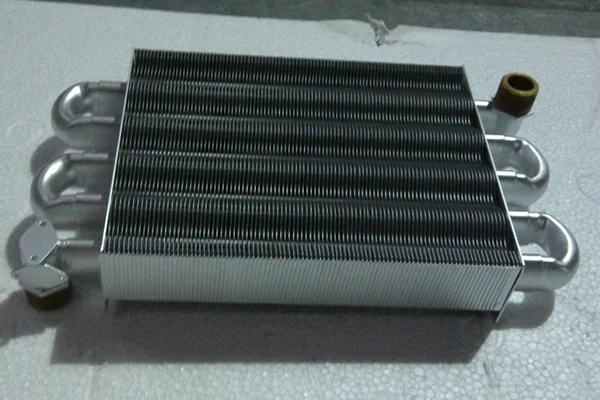Condensate exchangers play a crucial role in various industries, including power plants, chemical plants, and refineries. These heat exchangers are designed to recover and utilize the waste heat generated during the condensation process. Understanding the manufacturing process of condensate exchangers is essential for engineers, technicians, and anyone involved in the design and operation of these systems. In this blog post, ISAAC will provide a comprehensive guide to the manufacturing process of condensate exchanger for sale, covering the key steps involved, the materials used, and the quality control measures implemented.
I. Design and Engineering
The manufacturing process of condensate exchangers begins with the design and engineering phase. This stage involves determining the specific requirements of the exchanger, such as heat transfer capacity, pressure drop limitations, and material compatibility. Engineers use specialized software and calculations to design the exchanger's geometry, including the number and arrangement of tubes, fins, and baffles. Additionally, considerations are made for factors like fluid flow, fouling potential, and maintenance accessibility.
II. Material Selection
Choosing the right materials is crucial for the performance and longevity of condensate exchangers. The materials must be able to withstand the corrosive nature of the condensate and the operating conditions of the system. Common materials used for condensate exchangers include stainless steel, carbon steel, copper alloys, and titanium. The selection is based on factors such as temperature, pressure, fluid composition, and cost. Once the materials are chosen, they undergo rigorous testing and quality control to ensure their suitability for the manufacturing process.
III. Tube and Fin Fabrication
The fabrication of tubes and fins is a critical step in the manufacturing process of condensate exchangers. Tubes are typically made from seamless or welded stainless steel or copper alloys. They are cut to the required length and undergo processes like bending, expanding, and flaring to achieve the desired shape and dimensions. Fins, on the other hand, are usually made from aluminum or copper. They are formed into the desired shape and then attached to the tubes using methods like extrusion, soldering, or welding.

IV. Assembly and Welding
Once the tubes and fins are fabricated, they are assembled into the exchanger's core structure. This involves arranging the tubes in a specific pattern and attaching them to headers or tube sheets. The assembly process requires precision and attention to detail to ensure proper alignment and sealing. Welding is a critical step in this stage, as it provides the necessary strength and integrity to the exchanger. Various welding techniques, such as TIG (Tungsten Inert Gas) or MIG (Metal Inert Gas), are employed depending on the materials and design specifications.
V. Quality Control and Testing
Quality control is an integral part of the manufacturing process of condensate exchangers. Strict quality standards and procedures are followed to ensure that the exchangers meet the required specifications and performance criteria. Non-destructive testing methods, such as ultrasonic testing and radiography, are employed to detect any defects or flaws in the welds and materials. Additionally, pressure testing is conducted to verify the exchanger's integrity and performance under operating conditions. Any deviations or issues identified during the quality control process are addressed and rectified before the exchangers are ready for installation.
Conclusion
The manufacturing process of condensate exchangers involves a series of intricate steps, from design and engineering to assembly and testing. Each stage requires expertise, precision, and adherence to quality control measures to ensure the production of high-quality exchangers. By understanding the manufacturing process, engineers and technicians can make informed decisions regarding material selection, design optimization, and maintenance practices. This knowledge ultimately contributes to the efficient and reliable operation of condensate exchangers, leading to improved energy efficiency and cost savings for industries worldwide.
https://www.isaacoutlets.com/Manufacturing-process-of-condensate-exchanger.html
ISAAC
975386094@qq.com

